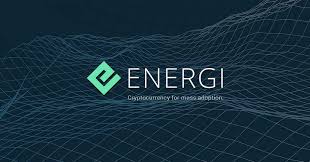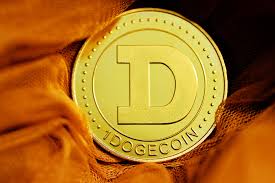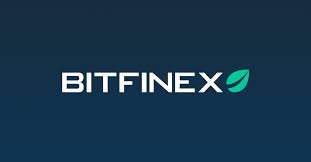Bitcoin halving cuts the number of new coins created and earned by miners in half. It happens approximately every four years and helps control the distribution of BTC, contain inflation, and perform other functions that are an integral part of the philosophy of the cryptocurrency world.

What is cryptocurrency halving, and how does it happen?
The idea of halving has existed since the very inception of bitcoin. It is reflected in the White Paper published by the creator of the digital coin Satoshi Nakamoto on October 31, 2008. It is a document that first laid out the concept of Bitcoin (BTC).
Bitcoin halving has become one of the basic concepts of the new technology. It controls inflation and the spread of new coins. This concept is closely related to cryptocurrency mining, in which miners use their computing power to solve complex mathematical equations and find blocks in the Bitcoin blockchain. Each block is a group of transactions. When a block is found, these transactions are confirmed and added to the digital ledger as a separate entry.
Miners are rewarded for their work in the form of new bitcoins. However, to prevent inflation in the network, the amount of remuneration is gradually reduced.
Why halving occurs
As mentioned earlier, Bitcoin halving serves several functions:
- Preventing inflation;
- Stimulating the growth of the bitcoin rate;
- Giving the industry time to develop.
Let’s take a deeper look at each of these points.
Preventing inflation
Bitcoin emerged in response to the financial crisis that hit the world in 2008. Then the banks proved once again that centralized systems are unreliable and that they are ready to abuse their power to get rich.
As a result, Nakamoto created his decentralized system and tried to eliminate the main problems typical of the traditional financial industry. Inflation is one such problem: if the authorities run out of money, they print new ones to cover their expenses.
The entrance of new money into circulation reduces its value, and then the entire financial industry suffers. To prevent this, Satoshi decided that the amount of Bitcoin emission would be limited – only 21 million coins.
At the same time, he understood that it was necessary to create a mechanism that would evenly distribute the flow of new coins into the system. It will help motivate miners to receive a certain amount of bitcoins for confirming transactions. Also, the system needs time to form and develop, so Satoshi decided that the size of the reward would be reduced, postponing the moment of extracting the last coin.
Stimulating the growth of the cryptocurrency rate
Today there is no real asset that would provide the value of bitcoin. Essentially, it is determined by the utility of the decentralized coin. Satoshi showed that the value of the coin is beyond the control of the central government, which was a revelation for users.
People realized that they can do without banks, which can freeze their accounts at any time. They do not need to be trusted, who can abuse their power over money, and most importantly, they will no longer have to pay huge fees for money transfers.
It is these advantages that draw users’ attention to Bitcoin. The more actively it is used, the higher its value. Thus, the value of bitcoin varies depending on how investors assess its usefulness and reliability.
Giving the industry time to develop
As mentioned above, cryptocurrency mining is not a cheap pleasure since mining coins requires a lot of computer power, and expensive equipment, and consumes a lot of electricity. Due to the nature of bitcoin, it can be mined by one miner or a million. Satoshi made this possible by creating the concept of mining difficulty. It is an algorithm that reduces or increases the level of difficulty depending on the number of miners and the amount of computing power involved.
Thanks to this function, it takes an average of 10 minutes to find each block, regardless of the volume of facilities involved. Otherwise, with an increase in the number of miners, the computer power would also increase, and an increase in the volume of resources, in turn, would entail an acceleration of the block mining process. In this case, 21 million bitcoins would be mined much faster.
But then no one would start mining just to maintain the functioning of the bitcoin network, especially at the beginning of the cryptocurrency journey, when few people used the coin to make transactions.
So, halving performs another task – it maintains the interest of miners while bitcoin develops and attracts new users. When all the coins are mined, miners will profit from their efforts and earn from transaction fees instead of mining new coins. But for this process to be profitable, bitcoin must gain mainstream status and be used around the world.
Conclusion
Bitcoin continues to evolve, attract users, and grope for its true value. It may continue for more than one year before the currency gains widespread acceptance and application. It comes with years of volatility, uncertainty, and a certain amount of risk. Nevertheless, the development of this industry promises the world a real revolution and the arrival of the era of decentralized finance.
It is safe to say that the halving idea is one of the key innovative ideas that allowed Bitcoin to reach its current level of development. It demonstrated the absence of the need for a centralized government to control the emission and distribution of money.











